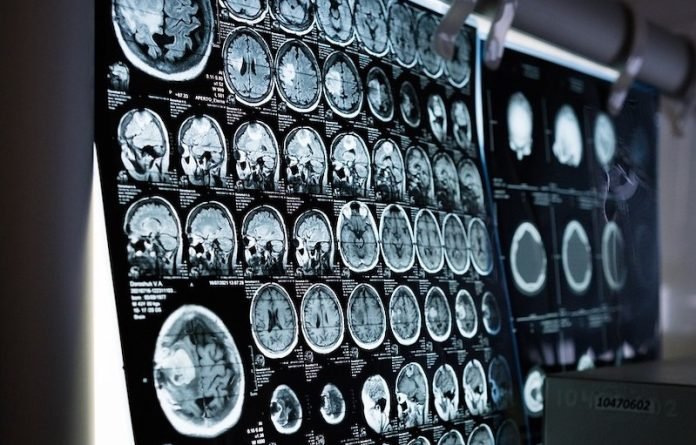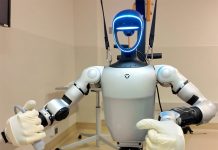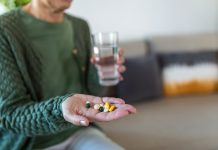
Parkinson’s disease affects roughly one million people in the United States. Its precise trigger is unknown, but it entails the deaths of neurons in a characteristic sequence through key brain regions.
In a recent study from Scripps Research, scientists found Parkinson’s disease may be driven in part by cell stress-related biochemical events that disrupt a key cellular cleanup system, leading to the spread of harmful protein aggregates in the brain.
The discovery offers a clear and testable hypothesis about the progression of Parkinson’s disease and may lead to treatments to slow or even stop it.
In Parkinson’s disease, the killing of one small set of dopamine-producing neurons in the midbrain leads to the classic Parkinsonian tremor and other movement impairments.
Harm to other brain regions results in various other disease signs including dementia in the late stages of Parkinson’s.
A closely related syndrome in which dementia occurs early in the disease course is called Lewy Body Dementia (LBD), and affects about 1.4 million people in the U.S.
In both diseases, affected neurons contain abnormal protein aggregations, known as Lewy bodies, whose predominant ingredient is a protein called alpha-synuclein.
The team’s previous work showed the Parkinson’s/LBD disease process generates highly reactive nitrogen-containing molecules including nitric oxide.
In the current study, the team showed that a type of nitrogen-molecule reaction called S-nitrosylation can affect an important cellular protein called p62, triggering the buildup and spread of alpha-synuclein aggregates.
The p62 protein normally assists in autophagy, a waste-management system that helps cells get rid of potentially harmful protein aggregates.
The researchers found evidence that in cell and animal models of Parkinson’s, p62 is S-nitrosylated at abnormally high levels in affected neurons.
This alteration of p62 inhibits autophagy, causing a buildup of alpha-synuclein aggregates.
The buildup of aggregates, in turn, leads to the secretion of the aggregates by affected neurons, and some of these aggregates are taken up by nearby neurons.
The researchers also tested postmortem brains of LBD patients and again found that levels of S-nitrosylated p62 were abnormally high in affected brain areas—supporting the idea that this process occurs in humans.
The team is now working to develop drug-like compounds that specifically inhibit the S-nitrosylation of p62.
If you care about Parkinson’s disease, please read studies about a new early sign of Parkinson’s disease, and these vitamins could protect you from Parkinson’s disease.
For more information about Parkinson’s disease, please see recent studies about new way to treat Parkinson’s disease, and results showing treadmill exercise may reduce Parkinson’s symptoms.
The study was published in The Journal of Neuroscience and conducted by Stuart Lipton et al.
Copyright © 2022 Knowridge Science Report. All rights reserved.



